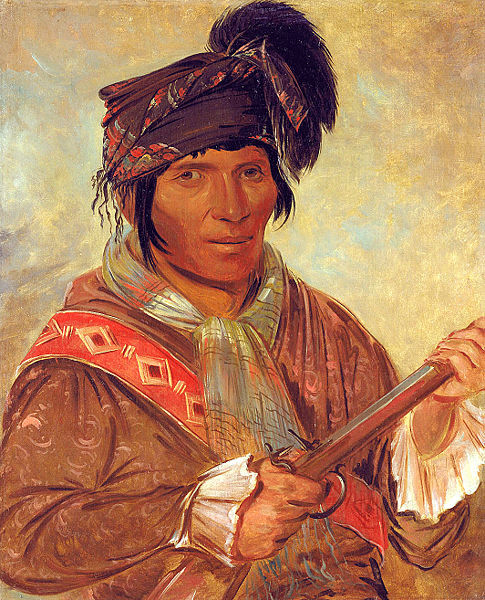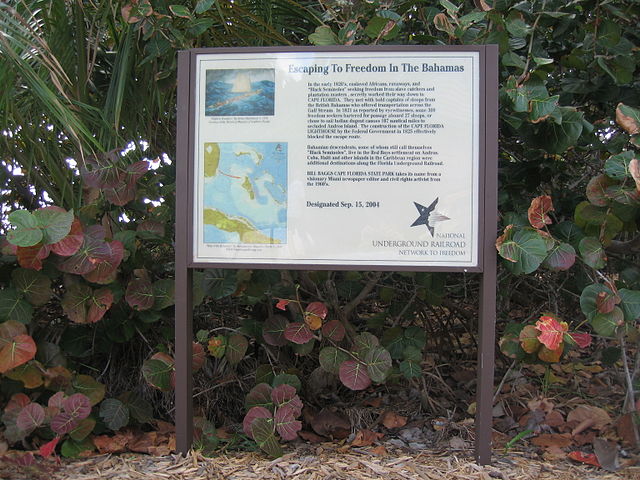The history of Florida can be traced to when the first Paleo-Indians began to inhabit the peninsula as early as 14,000 years ago. They left behind artifacts and archeological evidence. Florida's written history begins with the arrival of Europeans; the Spanish explorer Juan Ponce de León in 1513 made the first textual records. The state received its name from that conquistador, who called the peninsula La Pascua Florida in recognition of the verdant landscape and because it was the Easter season, which the Spaniards called Pascua Florida.
A shell midden at Enterprise, Florida in 1875.
Bernard Picart Copper Plate Engraving of Florida Indians, circa 1721
Juan Ponce de León was one of the first Europeans to set foot in the current United States; he led the first European expedition to Florida, which he named.
Timucua Indians at a column erected by the French in 1562
The Seminole are a Native American people who developed in Florida in the 18th century. Today, they live in Oklahoma and Florida, and comprise three federally recognized tribes: the Seminole Nation of Oklahoma, the Seminole Tribe of Florida, and the Miccosukee Tribe of Indians of Florida, as well as independent groups. The Seminole people emerged in a process of ethnogenesis from various Native American groups who settled in Spanish Florida beginning in the early 1700s, most significantly northern Muscogee Creeks from what are now Georgia and Alabama.
A Seminole mother and her children from the Brighton Reservation in Florida. (1948)
Coeehajo, Chief, 1837, Smithsonian American Art Museum
Sign at Bill Baggs Cape Florida State Park commemorating hundreds of enslaved African Americans who in the early 1820s escaped from this area to freedom in the Bahamas.
Captain Francis Asbury Hendry (center, standing) poses with a group of Seminole Indians








